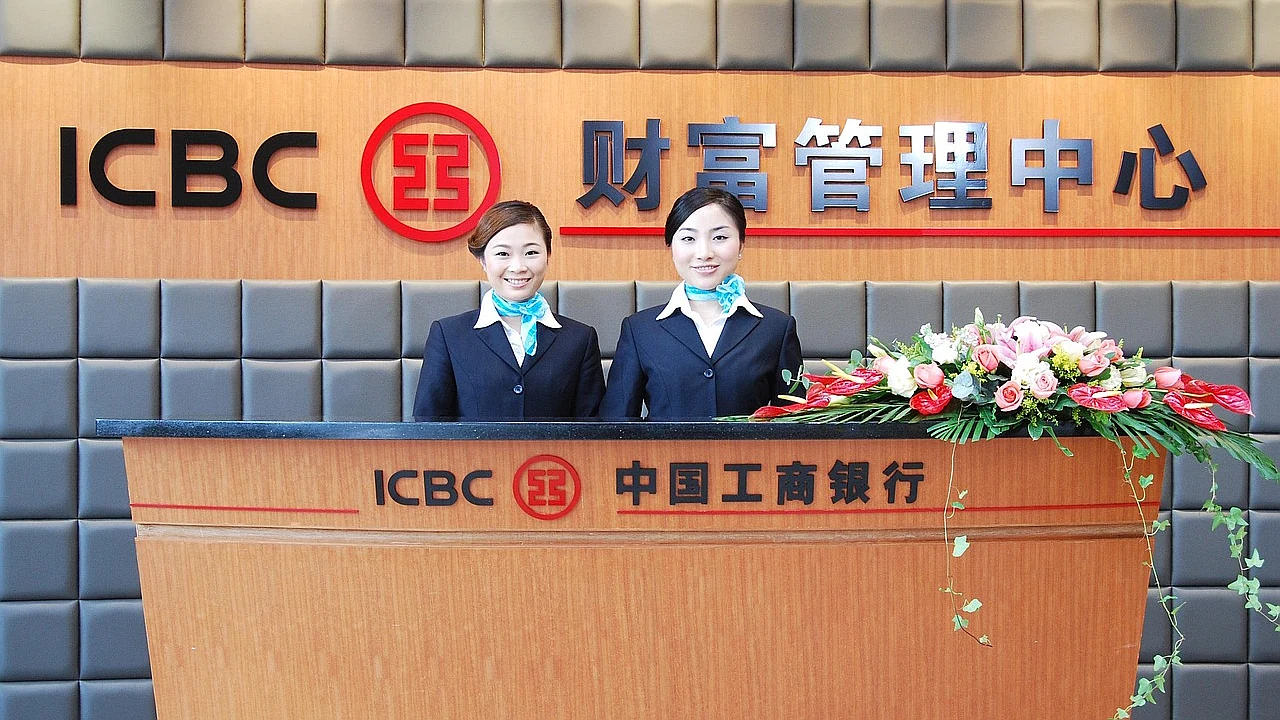The Art of Adding Personality to Automated Customer Service
Have you ever hung up on a chatbot out of sheer frustration? You’re not alone. Research shows that 86% of customers prefer human agents over automated systems, yet businesses increasingly rely on automation to handle customer inquiries. The disconnect isn’t about the technology itself—it’s about the lack of personality that makes these interactions feel cold and impersonal.
The good news? Automated customer service doesn’t have to feel robotic. By thoughtfully infusing personality into your automated systems, you can create experiences that customers actually enjoy while maintaining the efficiency and scalability that automation provides. This approach transforms a necessary evil into a competitive advantage.
Why Personality Matters in Automated Service
When customers interact with your brand, they’re not just seeking solutions—they’re looking for connection. Even in automated interactions, people crave the warmth and understanding they’d receive from a human representative. This psychological need doesn’t disappear simply because they’re talking to a machine.
Consider the difference between these two chatbot responses:
- Without personality: “Error processing request. Try again.”
- With personality: “Oops! Looks like we hit a snag. Let’s give that another shot, shall we?”
The second response acknowledges the frustration while maintaining a friendly, helpful tone. It transforms a negative moment into an opportunity to reinforce your brand’s approachable nature.
The Business Impact of Personalized Automation
Companies that successfully add personality to their automated systems see measurable benefits. Customer satisfaction scores increase by an average of 23%, while complaint rates drop significantly. More importantly, customers are more likely to complete their intended actions when the automated system feels engaging rather than mechanical.
Common Misconceptions About Automated Personality
Many businesses hesitate to add personality to their automated systems due to persistent myths about what customers want and expect. Let’s address these misconceptions head-on:
- “Customers want efficiency above all else” – While speed matters, research indicates that customers value feeling heard and understood even more than quick resolution times.
- “Personality means being unprofessional” – Adding warmth and character doesn’t mean sacrificing professionalism. The best automated systems strike a balance between friendly and competent.
- “It’s too expensive to implement” – Modern AI tools make it easier and more cost-effective than ever to create personality-driven automated experiences.
- “One size fits all” – Different customer segments respond to different communication styles. The key is understanding your audience and tailoring accordingly.
Building Your Automated Personality: A Step-by-Step Guide
Step 1: Define Your Brand Voice
Before writing a single automated response, establish clear guidelines for your brand’s personality. Is your brand playful or serious? Formal or casual? Technical or accessible? Document these characteristics to ensure consistency across all automated touchpoints.
Step 2: Create a Character Profile
Give your automated system a backstory. While customers know they’re interacting with technology, having a defined character helps maintain consistency. Think about your bot’s knowledge level, communication style, and even quirks that make interactions memorable.
Step 3: Write Conversational Scripts
Replace rigid, formulaic responses with natural language that mirrors human conversation. Use contractions, acknowledge emotions, and vary your vocabulary to avoid repetitive interactions that feel scripted.
Step 4: Add Contextual Awareness
Program your system to recognize and respond to customer emotions. If someone expresses frustration, acknowledge it before moving to solutions. This emotional intelligence transforms automated service from transactional to relational.
Step 5: Test and Iterate
Continuously gather feedback and refine your approach. What resonates with customers? What falls flat? Use A/B testing to optimize personality elements while maintaining service quality.
Real-World Success Stories
Several companies have mastered the art of personalized automation. A major airline’s chatbot, affectionately named “Jenn,” helps millions of travelers while maintaining a helpful, empathetic tone that reduces customer stress during travel disruptions. Her responses include phrases like “I understand how frustrating delays can be” and “Let me find you the best alternative.”
Similarly, a popular banking app uses humor appropriately when helping young customers manage their finances. Messages like “Wow, you’re crushing those savings goals!” or “Heads up—you’re getting close to your coffee budget for the month” make financial management feel less daunting and more engaging.
Future Trends in Automated Personality
As AI technology advances, we’re seeing exciting developments in personalized automation:
- Adaptive personalities that adjust communication style based on customer preferences and history
- Multilingual personality translation that maintains brand voice across different languages and cultures
- Emotion-responsive systems that detect and respond to subtle emotional cues in real-time
- Cross-channel consistency ensuring personality remains intact whether customers interact via chat, voice, or email
These innovations promise to make automated customer service feel increasingly natural and personalized, blurring the line between human and automated interactions.
Key Takeaways
Adding personality to automated customer service isn’t just a nice-to-have—it’s becoming essential for businesses that want to stand out in an increasingly automated world. Remember these crucial points:
- Personality in automation increases customer satisfaction and engagement
- Successful implementation requires careful planning and consistent execution
- The goal is to complement efficiency with warmth, not sacrifice one for the other
- Regular testing and refinement ensure your automated personality continues to resonate with customers
- Future technologies will make personalized automation even more sophisticated and effective
The businesses that master this balance between efficiency and personality will create customer experiences that feel both helpful and human. In a world where automation is inevitable, making it enjoyable is your competitive edge. Start small, test often, and remember—even robots can have heart when designed with care and intention.
